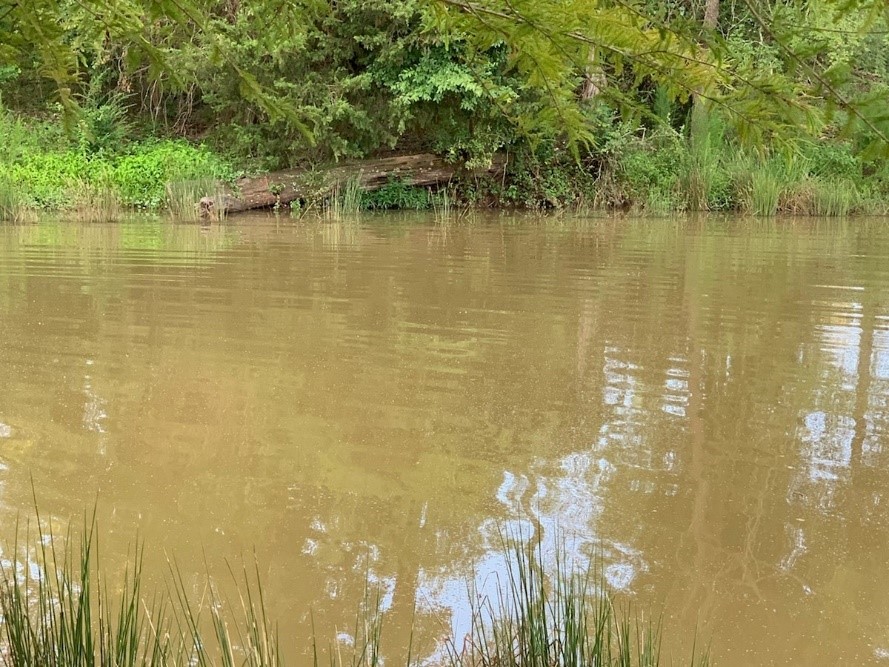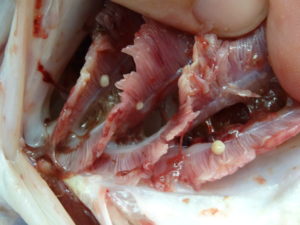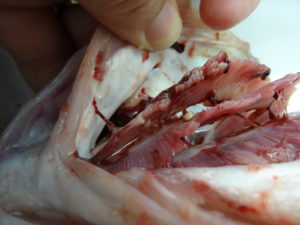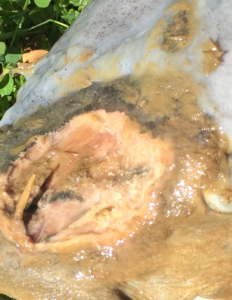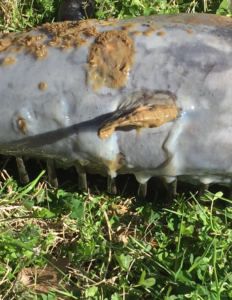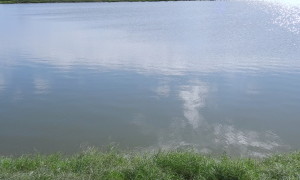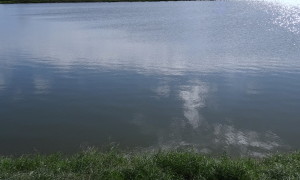Crappie are a highly sought after sport fish in reservoirs across the state. Their light, flaky flesh and mild flavor makes them one of the most desirable fish for consumption. However, the question remains, should you stock them in a private pond?
Many fisherman seek to stock crappie in their impoundments due to their desirable qualities, however, in the state of Texas, crappie are not recommended for ponds smaller than 30 surface acres. This is due to the similarities in diet with largemouth bass, their extremely high reproductive rates, and ability to quickly overpopulate small ponds resulting in stunted growth of the fish population. Crappie are cyclical spawners, meaning that they have irregular success of spawns. Some years are poor for crappie and others result in massive population booms. When these large increases in population occur, there is less overall food available for the crappie, as well as bass and other fish species. Crappie fry hatch prior to many bass and most other common pond species, meaning they have a competitive advantage when it comes to the available food, resulting in poorer growth and survival of the other fish species compared to crappie. As juvenile crappie grow, they compete 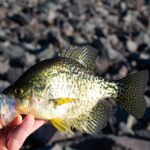 with sunfish for insects and invertebrates, and with bass for small fish once they reach larger sizes. In most small impoundments containing bass, crappie, and sunfish, the fishing is good and the fish appear healthy for the first few years, but as the pond ages, crappie overcrowding occurs and the result is hundreds to thousands of small-stunted crappie, skinny, stunt bass, and few sunfish.
with sunfish for insects and invertebrates, and with bass for small fish once they reach larger sizes. In most small impoundments containing bass, crappie, and sunfish, the fishing is good and the fish appear healthy for the first few years, but as the pond ages, crappie overcrowding occurs and the result is hundreds to thousands of small-stunted crappie, skinny, stunt bass, and few sunfish.
If you still desire to stock crappie in a pond less than 30 acres, the best way to manage the impoundment is to purposely create a “stunted” largemouth bass population dominated by smaller 12-15 inches bass by continually harvesting all bass 15 inches or larger from the pond and releasing all small bass. Bass in the 12-15 inches range have been shown to be the most effective at thinning out large numbers of small sized crappie, helping to keep the population in check. This means that a pond owner must choose good crappie fishing or good bass fishing, because this strategy dictates that you will rarely catch a large bass from a crappie pond due to the need for creating a bas population consisting of primarily 12-15 inches bass.
After creating a high-density, small-bass population, adult black crappie can then be stocked into the pond at a rate of 15 fish per acre. Black crappie are the preferred choice over white crappie in smaller water bodies due to slightly lower reproductive rates. Pond owners should continue to harvest bass larger than 15 inches, leaving the smaller bass behind to consume the juvenile crappie, keeping the population somewhat in check and allowing the fish to grow larger. Even with intensive management crappie populations tend to crowd over time. Once overcrowding occurs, renovating the pond by using a fish toxicant to kill of the pond or draining, drying, and refilling is often the most effective method to reestablish balance.
Article by Garrett Stamport and Dr. Todd Sink
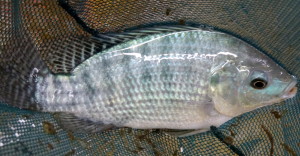 Up until recently, only Mozambique tilapia could be obtained from a Texas Parks & Wildlife Department certified dealer, without a requiring a permit. All other species, including hybrids, were illegal to stock in outdoor ponds.
Up until recently, only Mozambique tilapia could be obtained from a Texas Parks & Wildlife Department certified dealer, without a requiring a permit. All other species, including hybrids, were illegal to stock in outdoor ponds. These new stocking zones will also play a role in triploid grass carp permits for private ponds. Landowners with ponds in the stocking zone will have the opportunity to be fast tracked through the permit process when requesting 10 or less carp.
These new stocking zones will also play a role in triploid grass carp permits for private ponds. Landowners with ponds in the stocking zone will have the opportunity to be fast tracked through the permit process when requesting 10 or less carp.
